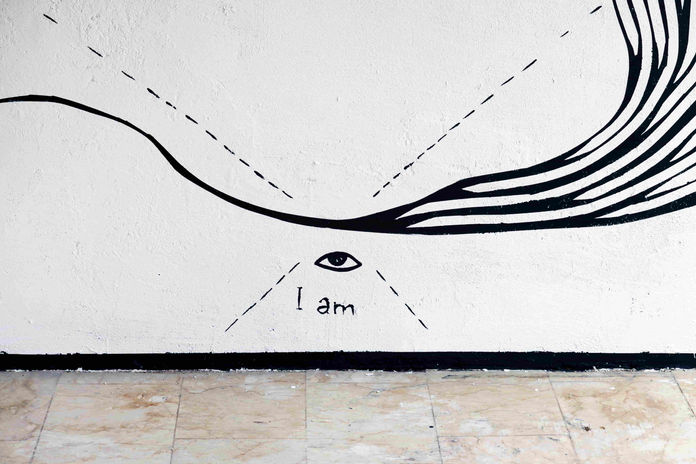Reclaiming and transforming an abandoned gymnasium into a model of artistic and social action, an example of how creative engagement can bring new life to forgotten spaces and empower communities.
School of Life is a project curated by Andrea Mineo supported by Farm Cultural Park, Promusic and the Aragona's Municipality, aimed at activating the gymnasium of an abandoned school in Aragona (Italy) and transforming it into a space for exchange, learning, and imagination.
The long-term goal is to engage the local community and organise the necessary steps for the partial renovation of the gymnasium.
The short-term objective is to imagine and project a sustainable future for the school through a series of residencies programs that brings together professionals from different fields.
The residency offers participants and the local community moments of exchange, learning, imagination, and mutual empowerment in pursuit of a shared mission.
Le "lessons" created during the residencies are collected inside a pyramidal archive placed in the Gymnasium hall.
The beginning
In February 2025, I traveled to Aragona, a small town in Sicily, where I stayed for three weeks. There, I encountered special places and people who warmly welcomed me and offered a space to develop my project. Like many towns in the region, Aragona suffers from depopulation and abandonment.
I was advised to visit a former school built in the 1990s. It had been used for a few years but was eventually closed due to a decline in student numbers. Since then, it had been abandoned and vandalized. Part of the school was taken over by Promusic, an association that created a music school. However, the rest of the facility, specifically the gymnasium, a separate adjacent building, was never opened, inaugurated, or used, despite being completely finished. Over the years, it was vandalized and stripped of its fixtures. With decades of neglect, nature began to take over: the roof started leaking, vegetation grew inside, and piles of garbage accumulated both inside and around the building.
The first part of the project focused on connecting with the local community and initiating a shared process of reclaiming the abandoned gymnasium. Together, we began clearing the space of vegetation and removing old plaster. This process also involved collecting and selecting reusable scrap materials for a future installation. In one of the cleared rooms, I set up a temporary studio, and with tools provided by Promusic, I began constructing the first installation.
The second part of the project was the creation of an installation that would serve as an archive for the future activities of the school. The piece I built is a square-based pyramid, 1.5 meters wide and 3.3 meters tall, designed to house the archive of “Lessons” from the School of Life project. The materials used came directly from the gym, mainly salvaged wood, much of which was rotten, waterlogged, and had to be cleaned of nails and bird droppings.
During this phase, I produced a short documentary capturing the process and gathering as much information as possible through interviews with locals. I’m deeply interested in the idea of “school” as both a symbol and a structure. While traditionally a cornerstone of sociality and learning, schools today are increasingly losing those qualities, becoming rigid molds into which students must fit to be deemed qualified.
The third part of the project involves developing a residency program for international artists and professionals. During their stay, they are invited to engage with the local context and community in a mutual exchange. These collaborations culminate in events called Lessons, which may take many forms: talks, readings, discussions, performances, residencies, exhibitions, or concerts. The Lessons are not meant to be one-way transmissions from the guest to the host, but rather a two-way dialogue, local knowledge exchanged with external perspectives, and vice versa.
Each Lesson will be recorded, documented, or transcribed and stored either digitally or inside the pyramid, which serves as a symbolic and physical archive, a connection between the material and spiritual worlds, grounded yet pointing upward. The pyramid will remain accessible even after the events, becoming a knowledge library for the School of Life.
The primary goal of the project is to transform the abandoned gymnasium into an international model of artistic and social action, an example of how creative engagement and art can bring new life to forgotten spaces and empower communities.
Andrea Mineo






















